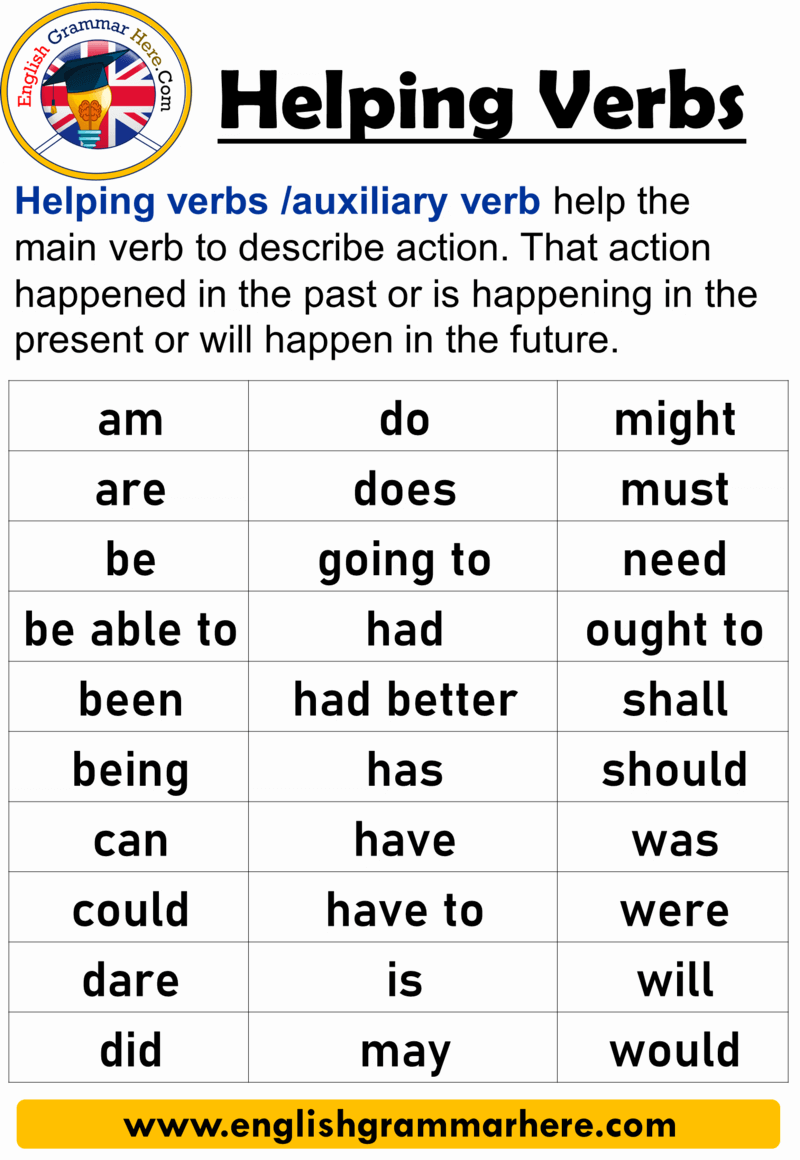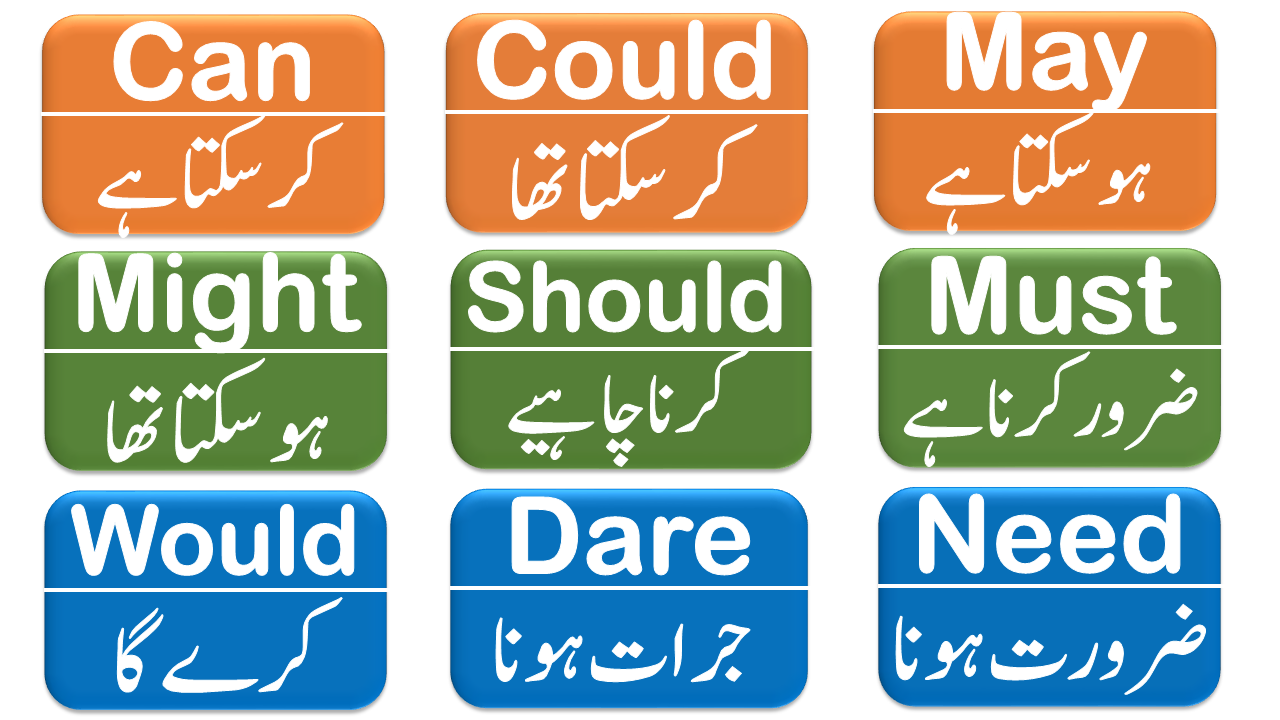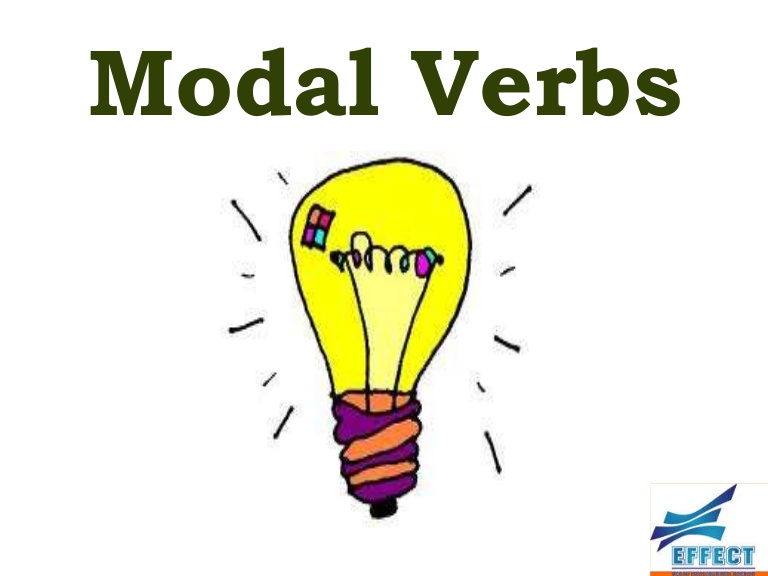Have to and have got to break all of the rules that pure modal auxiliary verbs follow. They consist of more than one word, they use infinitive forms of the main verbs, the auxiliary verb do is used for negatives and questions , and they conjugate for the third-person singular. Despite all of these differences, these semi-modal auxiliary verbs have several modal meanings.
It identifies examples of modal auxiliary verbs and their various uses with examples. A modal verb is a type of auxiliary verb that expresses possibility or necessity. Modal auxiliary verbs, also commonly referred to as modal verbs or modals, are used to shift the meaning of the main verb in a clause.
These shifts include expressing possibility, ability, permission, obligation, or future intention. Students can find these confusing because one modal auxiliary verb can have multiple meanings depending on the context. The modals and modal phrases semi modals in english are. The modal verbs of english are a small class of auxiliary verbs used to express possibility obligation advice permission ability. Fungsinya untuk mengekspresikan willingness kemauan atau ability kemampuan necessity kebutuhan dan possibility kemungkinan.
A verb phrase is more than one verb used in together to express an action. Modal auxiliary verbs are one of the types of auxiliary verbs which facilitate the main verbs providing more information like mood possibility time expectation permission ability and obligation. The semi-modal auxiliary verb ought to ends in to, which makes the main verb an infinitive. This differs from pure-modal auxiliary verbs, which use the bare infinitive, the infinitive without to, for the main verb.
The meaning of ought to is nearly the same as should in all cases. When forming questions or negatives, should is more commonly used than ought to. The post modal auxiliary verbs types uses and examples discusses modal auxiliary verbs as one of the main divisions of types of verbs.
Modal verbs are a type of auxiliary verb that express modality in the English language. The nine English modals — can, could, may, might, must, shall, should, will, and would — each have multiple meanings depending on use and context. Modal verbs perform the grammatical function of modal within verb phrases functioning as predicates. Modality is the grammaticalized expression of the subjective attitudes and opinions of the speaker including possibility, probability, necessity, obligation, permissibility, ability, desire, and contingency. In other words, modality allows language users to express what is, what would be, what may be, and what should be.
Auxiliary verbs usually accompany an infinitive verb or a participle, which respectively provide the main semantic content of the clause. An example is the verb have in the sentence I have finished my lunch. Here, the auxiliary have helps to express the perfect aspect along with the participle, finished. Some sentences contain a chain of two or more auxiliary verbs. Auxiliary verbs are also called helping verbs, helper verbs, or auxiliaries. Research has been conducted into split inflection in auxiliary verbs.
Modals/ modal verbs/ modal auxiliary verbs are a special type of verbs present in English grammar. These verbs are used irregularly in English grammar. Uses of modal verbs in English grammar includes providing extra information about the action of the main verb. So, a modal verb is quite simple as far as its form and position in various types of sentence are concerned; but what exactly are the modal verbs in English? In many cases it is almost impossible to determine in which sense the writer or speaker has used the expression. This may explain to a certain extent the differences of opinion among grammarians as to this or that particular example.
Modal auxiliary verbs combine with other verbs to express ideas such as necessity, possibility, intention, and ability. In each example below, the verb phrase is in bold and the modal auxiliary verb is highlighted. All modal auxiliary verbs are followed by a main verb in its base form the infinitive without to. Moving on to the modal auxiliaries, the most common ones are will, would, shall, should, can, could, may, might, and must. Modal auxiliary verbs are defective—yes, that's the actual term, defective.
For example, they don't have third-person singular present tense forms—or to put it more plainly, sentences like he cans, she mays, and it woulds are ungrammatical. They also don't have infinitive forms, so even though it would make sense, a sentence such as They seem to should practice more is ungrammatical. The words will, would, shall, should, can, could, may, might, must and ought to are called modal auxiliary verbs. Sometimes the verbs dare and need are also considered as modals.
Unlike primary auxiliaries which have distinct forms to refer to the past, the modals do not have past forms. See the section on Conditional Verb Forms for help with the modal auxiliary would. The shades of meaning among modal auxiliaries are multifarious and complex. Most English-as-a-Second-Language textbooks will contain at least one chapter on their usage. For more advanced students, A University Grammar of English, by Randolph Quirk and Sidney Greenbaum, contains an excellent, extensive analysis of modal auxiliaries.
A small group of auxiliary verbs, called the modal verbs are only used in combination with ordinary verbs. A modal verb changes the other verb's meaning to something different from simple fact. Modals may express permission, ability, prediction, possibility, or necessity. If the negative forms can't, don't, won't, etc. are viewed as separate verbs , then the number of auxiliaries increases. The verbs do and have can also function as full verbs or as light verbs, which can be a source of confusion about their status. The modal verbs form a subclass of auxiliary verbs.
Modal verbs are defective insofar as they cannot be inflected, nor do they appear as gerunds, infinitives, or participles. I'd wager you use auxiliary verbs and modal auxiliary verbs without giving them a second thought, so I'm mindful that this page has covered a lot of gumpf that you don't really need. Well, that's true provided we're talking about working in English.
If you start learning a foreign language, it won't be too long before you'll be unpicking how they express tense, voice and mood. And, do you know what's a good starting point for that? The modal auxiliary verbs are never used as a main verb. In addition, they do not have the five forms that main verbs have. While other auxiliary verbs can be used as a main verb and have the five forms, these modal auxiliary verbs do not.
Modal phrases or semi modals are used to express the same things as modals but are a combination of auxiliary verbs and the preposition to. Soal modal auxiliary verb pengertian modal auxiliary verb. A modal is a type of auxiliary helping verb that is used to express. Another way in which modal auxiliaries differ from lexical verbs is that their past tense forms usually don't show past time.
In fact, you might not have even realized that some modal verbs are actually past-tense forms. I didn't, until I started taking an interest in grammar. Will, shall, can, and may are present-tense forms. The corresponding past-tense forms are would, should, could, and might.
Of all the modal past tenses, the only one that's used very much to refer to past time is could, as in When I was in high school, I could bench-press 300 pounds. Have to is often grouped with modal auxiliary verbs for convenience, but in fact it is not a modal verb. In the have to structure, "have" is a main verb.
Semi-modal auxiliary verbs like ought to, had better, have to, be able to, used to, and be supposed to can have modal meanings, but they don't follow the same rules as pure modal auxiliary verbs. These auxiliaries express obligation, possibilities, permission or ability in a sentence by adding meaning to the main verb. As per modal verbs rules, the spelling or form do not change, unlike other verbs. When used with the main verb, modal verbs do not end with -s for the third-person singular. Modal auxiliary verbs never change form, but they have a different form for past tense. Modal verbs are a distinct set of verbs unique to Germanic languages and to Modern English especially that differ from prototypical verbs in form and function.
What Are Auxiliary Verbs With Examples Had better is a two-word semi-modal auxiliary verb that has the same characteristics as pure modal auxiliary verbs. The modal auxiliary verbs are auxiliary verbs that specifically affect the mood of the verb. Remember that verb mood is about the attitude in which the action or state is expressed-as a statement of fact or opinion, as a wish, as a possibility, or as a command. The main function of modal verbs is to allow the speaker or writer to express their opinion of, or their attitude to, a proposition. The problem with each modal verb is that it can have more that one meaning and the interpretation of a particular modal will depend heavily on the context in which it is being used.
The following examples should help to illustrate this point. The modal auxiliary verbs usually refer to the present or future. This post, Modal Auxiliary Verbs , discusses modal auxiliary verbs as one of the main divisions of Types of Verbs.
To make an interrogative sentence , the modal auxiliary verb is inverted with the subject. No other auxiliary verbs are added to make questions. Many sources and student textbooks do not differentiate between pure modal auxiliary verbs and semi-modal auxiliary verbs, and others separate them completely. You will notice that this type of modal is made up of two or more separate words, the last one invariably beingto. They are all modal in meaning but not in form as they behave differently in a sentence from the pure modals.
It is perhaps best to think of the semi-modals in the form with thetoinfinitive that is given in the table rather than thinking of them as modals that needto+ base form. We need to look at the form of each individual semi-modal separately. Let's take a look at ought to, had better, have to, be able to, used to, and be supposed to. We'll explain some of the reasons why these are not always categorized as modal auxiliary verbs.
You'll also see some examples demonstrating their modality. The nine pure modal auxiliary verbs, will, shall, can, could, may, might, must, would, and should, share the same characteristics. When this occurs, perfect aspect is superior to progressive aspect, e.g. – is serves as a copula with a predicative expression not containing any other verb.Definitions of auxiliary verbs are not always consistent across languages, or even among authors discussing the same language. Modal verbs may or may not be classified as auxiliaries, depending on the language. In the case of English, verbs are often identified as auxiliaries based on their grammatical behavior, as described below.
In some cases, verbs that function similarly to auxiliaries, but are not considered full members of that class , are called semi-auxiliaries. In French, for example, verbs such as devoir , pouvoir , aller , vouloir , faire , and laisser , when used together with the infinitive of another verb, can be called semi-auxiliaries. There has also been a study on auxiliary verb constructions in Dravidian languages.
The fact that modals have no inflected forms in the present tense make them useful for non-native speakers who often experience difficulties with Subject-Verb agreement. There are24 auxiliary verbs in English language. In English grammar, a modal is a verb that combines with another verb to indicate mood or tense. A modal, also known as a modal auxiliary or modal verb, expresses necessity, uncertainty, possibility, or permission.
Will is becoming much more common than shall, and this trend seems to be continuing. The next two tables illustrate some of the similarities and differences between these two modal auxiliary verbs. Some syntacticians distinguish between auxiliary verbs and light verbs.
The two are similar insofar as both verb types contribute mainly just functional information to the clauses in which they appear. Auxiliary verbs are complementary to the verb in the sentence and have no meaning. They are used to make the sentence negative question it or give the correct meaning in time. The fourth group, you may have guessed, consists of the modal auxiliaries, but before we talk about them, I should note that be, do, and have aren't always helping verbs.
In the sentence Squiggly is running a marathon, the verb is is a helping verb, but in the sentence Squiggly is Aardvark's second-best friend, it's a linking verb. Modal auxiliary verbs, also known as helping verbs, follow a different set of rules from regular verbs, and people use them differently in different parts of the country. For example, people who live in the South often use something called a double modal in sentences such as We might could harvest the corn. To further complicate an already confusing subject, phrases with modal meaning can be constructed without the use of a standard modal or semimodal verb. Sometimes, other verbs and phrases—includinghad better andinvariant be—also function as modals or semimodals.
Although the meanings of the nine modal verbs are numerous and nuanced, discover the most common definitions with examples. It does not specify any tense or germanic clear of words. The modal auxiliary verb does not contain any kind of participles and other forms.
In this sense, we are talking more about obligation and giving permission to someone not to do something. Note also that as a modal verb it is most commonly used in negative sentences and sometimes in questions. To talk about past habits or conditions that are no longer true in the present, we use the semi-modal auxiliary verb used to.































No comments:
Post a Comment
Note: Only a member of this blog may post a comment.